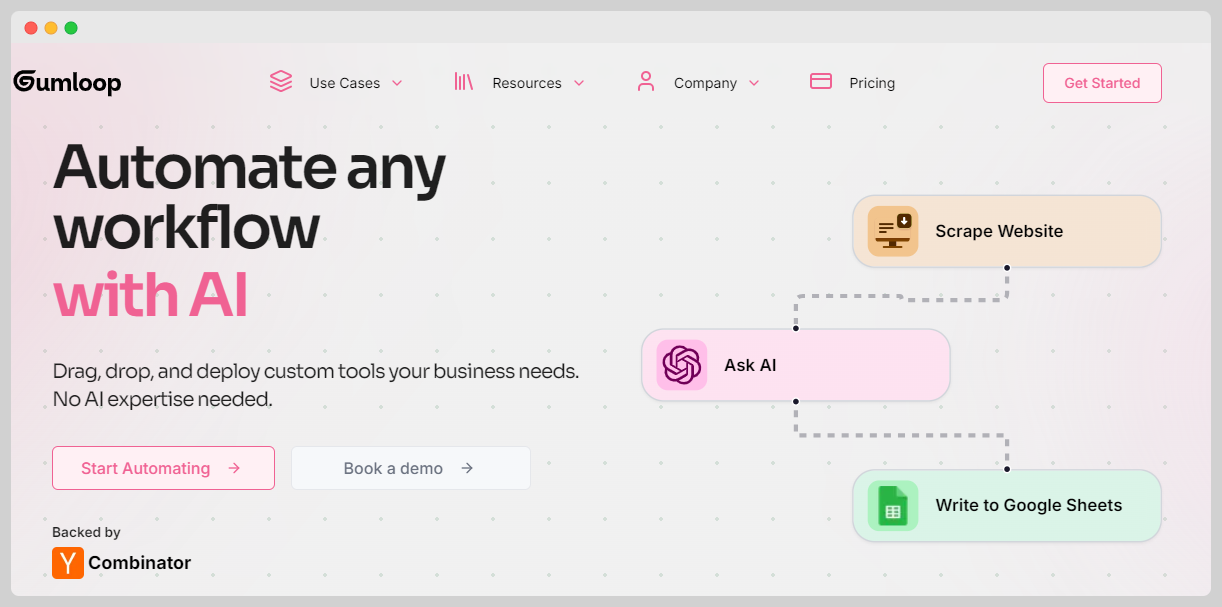How Two Founders Grew Gumloop to a $3.1M Business in 1 Year
Who is Max Brodeur-Urbas?
Max Brodeur-Urbas, co-founder of Gumloop, studied at McGill University in Montreal and previously worked at Microsoft; his partner Rahul Behal, also a McGill alum, worked as a machine learning engineer at Amazon before starting the AI automation platform Gumloop.
What problem does Gumloop solve?
Gumloop saves businesses time and money by letting non-coders automate complex tasks, eliminating the need for expensive and busy engineers.

How did Max come up with the idea for Gumloop?
Max Brodeur-Urbas identified the idea for Gumloop while immersed in the vibrant AutoGPT community. As he saw a significant influx of non-technical users struggling with AI tools due to their complexity, he noticed a clear gap in accessibility....
Disclaimer: The initial draft of this article was compiled by the Starter Story team based on publicly available interviews, podcasts, and other content from the founder. See the sources we used here.

Download the report and join our email newsletter packed with business ideas and money-making opportunities, backed by real-life case studies.

Download the report and join our email newsletter packed with business ideas and money-making opportunities, backed by real-life case studies.

Download the report and join our email newsletter packed with business ideas and money-making opportunities, backed by real-life case studies.

Download the report and join our email newsletter packed with business ideas and money-making opportunities, backed by real-life case studies.

Download the report and join our email newsletter packed with business ideas and money-making opportunities, backed by real-life case studies.

Download the report and join our email newsletter packed with business ideas and money-making opportunities, backed by real-life case studies.

Download the report and join our email newsletter packed with business ideas and money-making opportunities, backed by real-life case studies.

Download the report and join our email newsletter packed with business ideas and money-making opportunities, backed by real-life case studies.










